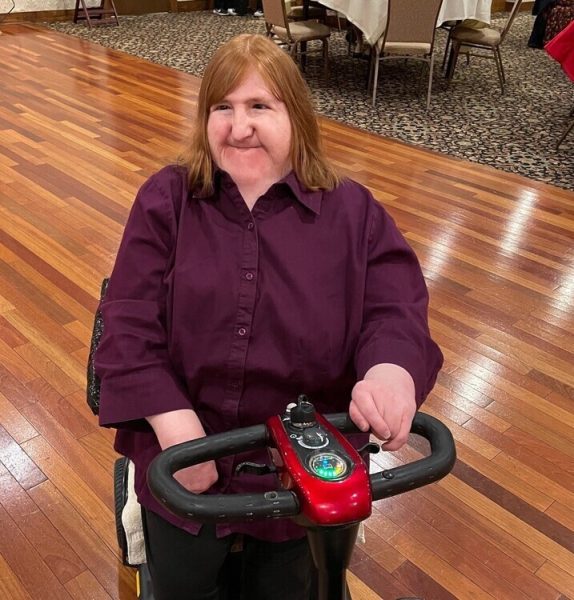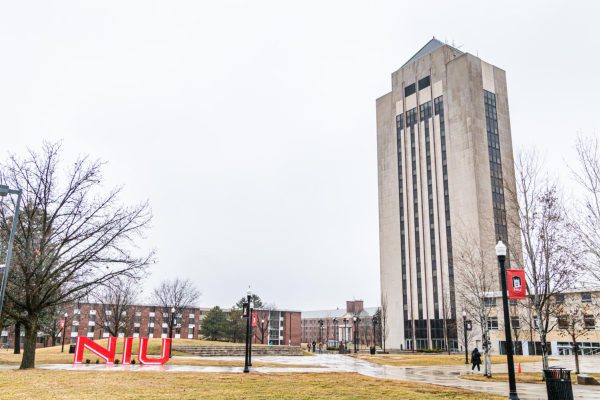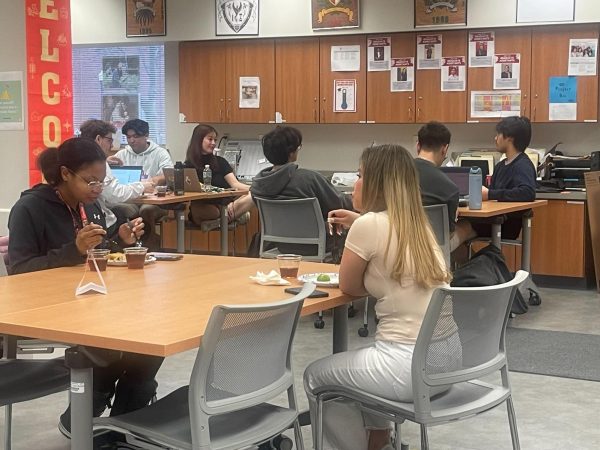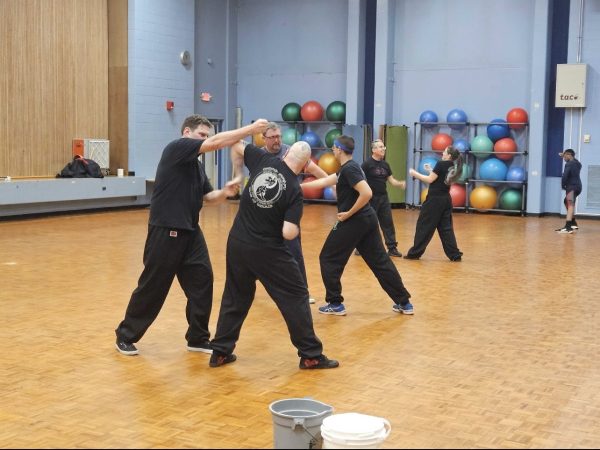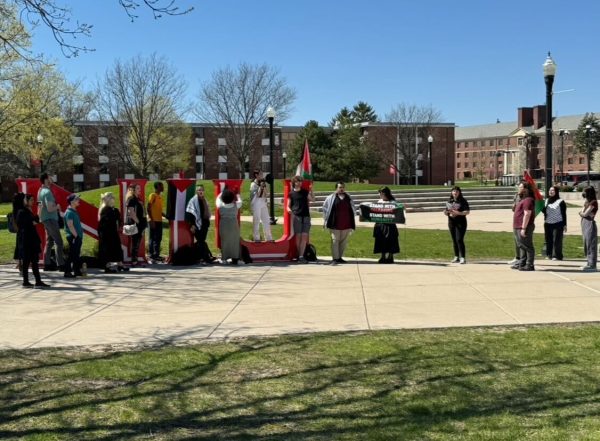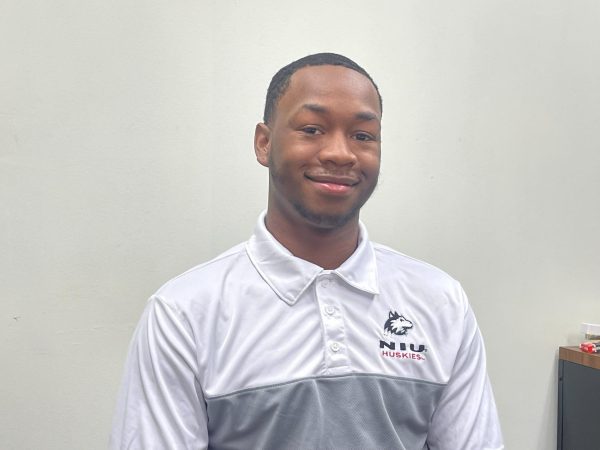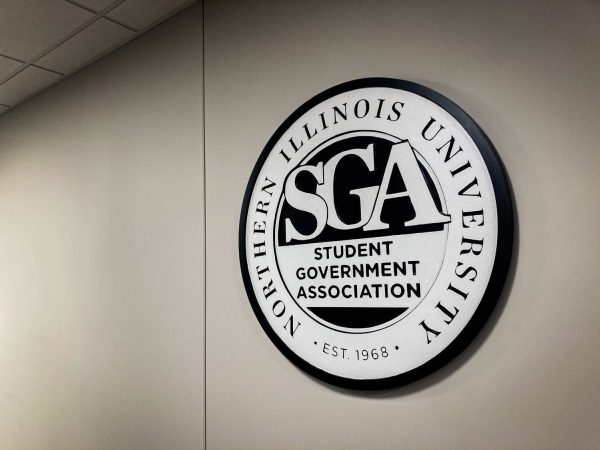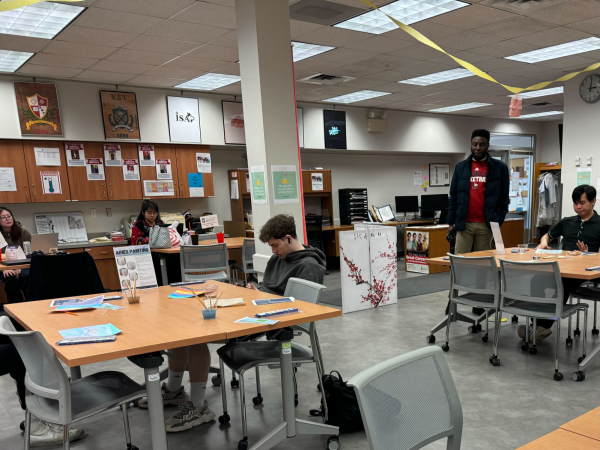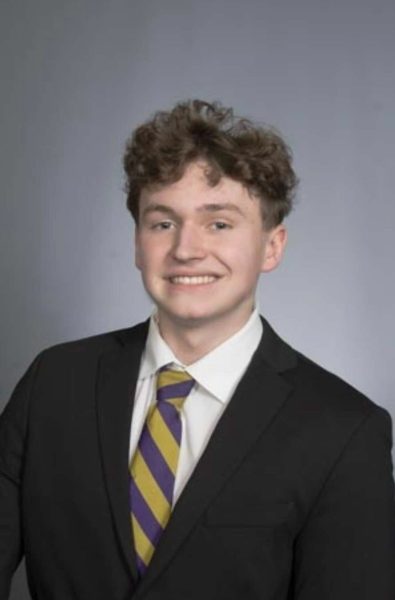CEET researches machines
March 25, 2005
The College of Engineering and Engineering Technology’s Manufacturing Systems Research Group is set to drill into new territory with the launch of its dry and semi-dry machining project.
The group has partnered with Ingersoll Cutting Tools Corp. for the two-year project, said Nourredine Boubekri, CEET professor and chair of the MSRG. The Illinois Department of Natural Resources has financed $100,000 for the project, he said.
Semi-dry machining is a type of machining that uses very little lubricants. Typically, it just uses a light mist, which cuts down a lot on the toxicity to the environment, Boubekri said.
“If we can get as much performance with dry [machining], then that’s a very viable solution,” he said.
Boubekri, whose area of research is machining, said Ingersoll, is known world-wide. When Ingersoll’s Rockford facility looked at the specifics of the project, officials became interested in a partnership. This cutting-edge research is relevant not only to the scientific field, but also to the industrial field, he said.
Ingersoll has agreed to let Boubekri’s team use its facility for research and has supplied cutting tools, Boubekri said.
Don Yordy, Ingersoll die/mold product manager, said this is an ideal project in which to be involved. His only reservation is that it is such a difficult undertaking.
“[It is] a very aggressive project because of practical issues with drilling materials,” he said.
Boubekri likes that this project is interdisciplinary in nature. A lot of people from across campus will be taking part, including students and faculty members in engineering, physics, statistics and health.
Although there are only four students involved right now, Boubekri said the goal is to involve more students in the future.
Gurudutta Pawar, an industrial engineering graduate student, is working on the project. A typical firm spends about $57,000 on lubrication and disposal. This type of research would have world-wide benefits, as a lot of money could be saved if firms were able to cut down on lubrication costs, he said. Pawar’s job is on the analysis end after the steel has been drilled and taken to the lab.
Patrick Chamoun, also an industrial engineering graduate student involved with the project, is happy to be a part of it and said the project has shown very positive results thus far.
“If you think about it, everything we use on a daily basis is manufactured,” he said.
The project comes on the heels of industry trends toward finding cost-effective solutions in machining. The future for this type of research is good and bright, Boubekri said.
“Machining in general is an area that’s going to grow,” he said.
Yordy is pleased with Boubekri’s work because he has not focused solely on the scientific aspect of the project. Boubekri has also worked closely to try to understand the various practical and marketing issues involved, Yordy said. This mind-set is not always typical, he said.
Boubekri would like to see the partnership with Ingersoll extend beyond the project.



